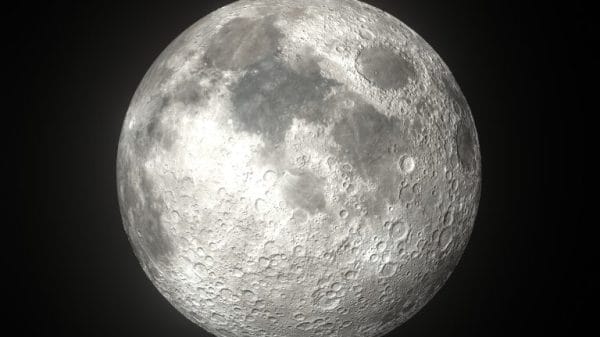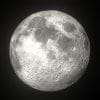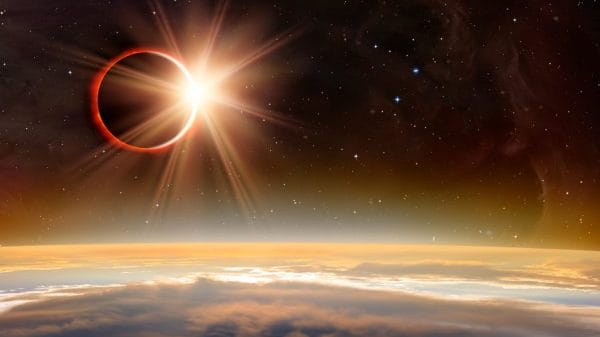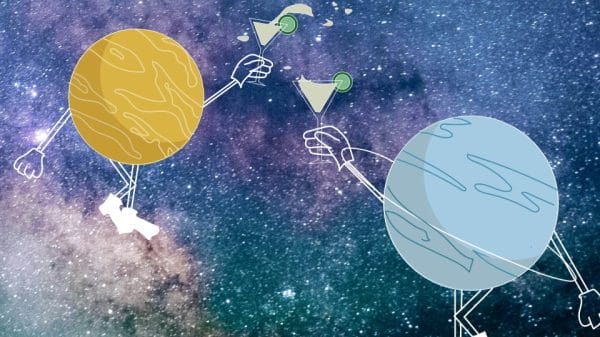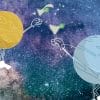Back in 2014, engineer Rashied Amini thought he had it all with a job at NASA and a girlfriend he believe to be the love of his life.
“I was in a long-term relationship with someone I was very much in love with, and I was getting ready to commit, considered proposing.”
Rashied Amini
Unfortunately, her math was different than his.
“So we had this sort of long, drawn-out breakup where she didn’t know if she wanted to be with me.
“She didn’t know how to make that decision.”
Rashied Amini
She had an idea that probably many women are reluctant to verbalize:
“How about a cost-benefit analysis of our relationship.”
At first, Amini laughed nervously because he thought she had to be joking, but then a light bulb went off in his head. He finally said to her:
“You know what? I bet I could build this.’ That’s the engineer me.“
Rashied Amini opened up his computer and got to working on Excel, and from the combination of love and numbers the Nanaya love prediction algorithm was born.
It began with him working part-time on what would become a full dating app.
“I had worked on designing moon or Mars bases and trying to understand how much is it going to cost. There’s a lot of uncertainty. So what you need to be able to address is that uncertainty.”
While working with numbers was his trade by choice, romance presented uncertainties that needed extensive analysis.

“You leave the home, and as soon as you leave the home there is this vast envelope of all the different types of people you can meet.
“There’s going to be a certain set of people you meet within that larger envelope of possibility. So there’s going to have to be some tricks involved with trying to constrain that uncertainty to what’s actually realistic to the life of any individual.”
Nanaya gives its users a detailed report of their chances with love while quantifying the uncertainties. There are predictions and personality tests that clients can use, however the premium service allows a little extra information for only $9. Since launching in 2016, Nanaya has hundreds of thousands of users that allows the database to collect more diverse information. It would be beneficial to pay the extra money, yet with the success of the app, Amini is still employed at Jet Propulsion Lab.
While there are more well-known dating apps available out there, Nanaya uses an in depth questionaire with often unusual, yet relevant questions to assist in the romance department. There are questions such as: How many subway stops do you take to get to work? Do you have a pet reptile?
The questionaire is the root of Nanaya.
“Because you know the communities, you can try to assess the probability of finding someone you’re compatible with in those communities,
Once you have that probability, you plop it into a different equation, and you can figure out what are the odds and time of finding someone compatible given all of your social interactions for all of the communities you’re a part of.“

Knowing the value of your relationship has never been more necessary since people have turned to apps to aid in developing relationships and finding love.
Since the outbreak of COVID-19, there have never been more people looking for the one. Quarantine has tested everyone’s patience and relationships to a near tipping point. Not all partnerships were able to withstand, and as a result, people are looking for a way to try again the right way.
Rashied Amini initially started Nanaya to win back the partnership of his girlfriend but the math was just not enough. Mathematically, Amini was the perfect guy, but their relationship just did not survive.
If your relationship is currently on the rocks, check out how you can bring romance back into your marriage.







